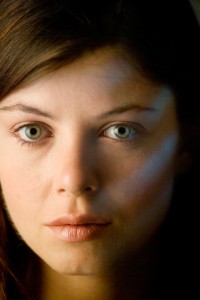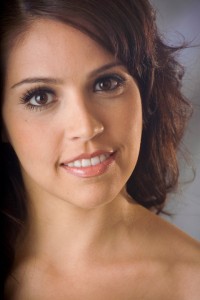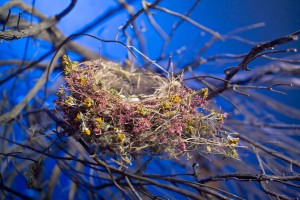A few weeks ago I started this series of blogs about what sorts of controls transferred from film cameras to digital cameras, consequently I written about shutter speed and aperture quite a bit. There is another area I’d like to mention in connection with this theme: filters. Now I have over a hundred filters I used to use to do accurate color correction with film, this was particularly tricky with copy work. Most of those filters now sit unused, but that doesn’t mean that I don’t use filters. There is one area where filters are particularly important, balancing lights. It is sometimes confusing to a digital camera user why you need to do this; after all doesn’t the camera have white balance? The problem is that the camera can only accurately balance to one type of light. So if you are shooting a living room at night with existing tungsten lights and you fill with strobe light the colors will not match well. The result is either an accurately colored room with yellow lights or a blue room with accurate lights. If you use a gel designed to correct strobes to tungsten balance over your strobe you can bring all the light into the same general color, which is much more pleasing. The gel I would pick in this case is called a CTO or a full orange. There are several companies who make filters for lights including Rosco (www.rosco.com). One thing to be sure of is that the filters you buy won’t burn, the heat from modeling lights can cause poor quality filters to melt and burn. The heat from hot light can really fry a filter.

I used a blue filter and a cucoloris to create the blue light in the side of the face and the highlight in the eye.
You can also use filters to adjust the mood of a shot, mixing colored light with light that is accurately balanced. This can be a very effective tool in creating an image. I will use normally balanced light for a large light source, and use warm light, say a 1/2 orange for a hard light to define the side of the face. You can make a very effective portrait in this way. I will also use a filter to change the color of my background. In one of images I’m including with this blog I used one large light source and three hard light sources. The hard light sources were all lower power and all were filtered. I am also including an image where a filter was used to make more dramatic color and one image with a filtered background.

